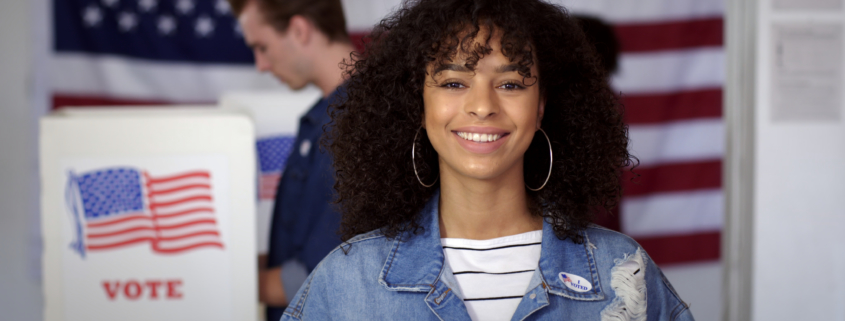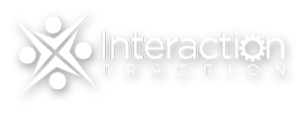3 Days Remaining
There is a clear generational divide between older and younger voters. Although The Center for Information and Research on Civic Learning and Engagement (CIRCLE) at Tufts University produced a widely quoted report estimating that young Americans’ turnout had risen to the highest level it had ever recorded, further research and statistics show that the turnout rate of all other age groups also increased as of the 2018 midterm elections. The Washington Post published an article addressing this issue and found official records in states between 2006 and 2018 which showed that the wide gap between the turnout rates of younger and older Americans has not been as significantly reduced as we might think.
This is not a new phenomenon. Younger voters have historically shown up in lesser numbers than older Americans, who exercise their right to vote at much higher rates. In fact, records show that about 55% of Americans have voted in presidential elections throughout the past century. The turnout for younger voters has been significantly lower than that general number. Data from The United States Election Project shows that in U.S. presidential elections, about 70% of voters 60 and up have turned out – which is nearly three times the rate of Americans between 18 and 29.
Our political landscape is made up of votes cast by the people. It is crucial then, that the people show up and make their voices heard. Some younger people have difficulty making a connection to politics because those in positions of power have not historically reflected their demographics. The transformative power of younger voters has been proven in thorough research worldwide. Professors D. Sunshine Hillygus and John B. Holbein co-authored a book that explored the age gap in American voters. They concluded that if young people turned out at the same rates as older citizens, our democracy would indeed be transformed, as elected officials would be more likely to pay attention to the policy areas that young people care about, like climate change or public education; the people elected to public office would look more like the people they represent, and the set of public policies implemented would fundamentally change.





Leave a Reply
Want to join the discussion?Feel free to contribute!